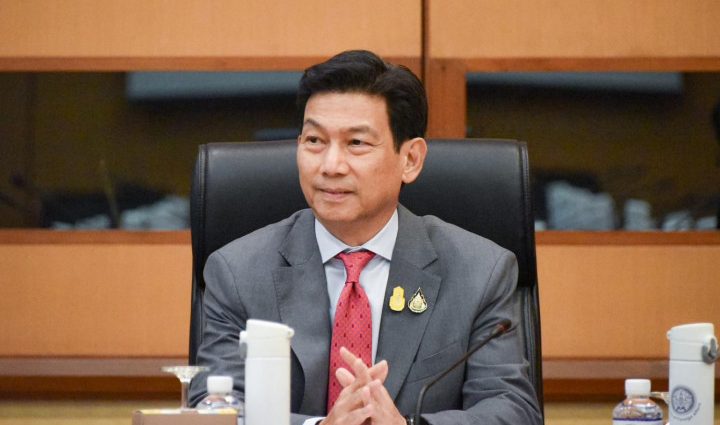Help for victims of Myanmar conflict

The government plans to set up a humanitarian corridor on the border with Myanmar to deliver aid to people displaced by fighting in the neighbouring country.
Government spokesman Chai Wacharonke said on Friday that the initiative is in line with the “D4D” concept suggested by Thailand as the way forward to de-escalate violence, deliver humanitarian aid, discharge detainees and initiate dialogue.
On April 24, 2021, Asean leaders met Myanmar’s junta chief Min Aung Hlaing in Jakarta and agreed on a five-point plan for how to tackle the political crisis the country is facing.
In the agreement, they called for the immediate cessation of violence in Myanmar; 2) constructive dialogue among all parties concerned to seek a peaceful solution in the interests of the Mynamar people; 3) mediation to be facilitated by an envoy of the currently serving Asean chair, with the assistance of the secretary-general; 4) humanitarian assistance provided by Asean’s coordinating Centre for Humanitarian Assistance on disaster management and 5) a visit by the special envoy delegation to Myanmar to meet all parties concerned.
Mr Chai said that the humanitarian centre is expected to be set up in the “humanitarian corridor” area within a month to deliver food and medical supplies from the Thai Red Cross Society to the Myanmar Red Cross Society.
Deliveries will arrive via the 2nd customs checkpoint in Tak’s Mae Sot district through the Mae Sot-Myawaddy checkpoint and the 2nd Thai-Myanmar Bridge for disbursement in areas where displaced people stay.
Another centre will also be set up in Myanmar’s Karen State to receive and distribute the aid to displaced people, he said.
Foreign Affairs Minister Parnpree Bahiddha-Nukara on Friday led a delegation of authorities to inspect a potential humanitarian zone in Mae Sot.
Speaking after a briefing from local officials, Mr Parnpree said he had received useful information regarding the suitability of the area.
He added that he also listened to complaints about the impact of the fighting on border trade from the Thai Chamber of Commerce and the Federation of Thai Industries.
As a result of the fighting, the value of cross-border trade has shrunk from 130 billion baht to 100 billion baht, Mr Parnpree said, adding that the government must find ways to help Myanmar restore peace, which in turn will help revitalise cross-border trade.
The minister also said the government has no policy to impose sanctions against Myanmar because it has to take into account the plight of both Thai and Myanmar workers making their living along the border who would be affected by the measure.
“Traders and operators are not warriors. There are also Thai people who do business along the border. The government is duty-bound to help them, not let them go bankrupt,” Mr Parnpree said.
“Thailand shares the longest border [of more than 2,401 kilometres] with Myanmar. Thailand also has to rely on Myanmar as a key source of energy, which is a very important issue. Imposing sanctions against Myanmar will also backfire on Thailand,” he said.
Vice Foreign Minister Sihasak Phuangketkeow previously said that the plan to set up the humanitarian corridor would augment hitherto unsuccessful efforts by Asean to start a peace process between the military and its enemies among ethnic minority armies and an armed resistance movement.
The initiative, endorsed last week by Asean foreign ministers and a representative from Myanmar, will see the Thai and Myanmar Red Cross deliver supplies on the ground under the observation of Asean’s humanitarian aid body.
Myanmar has been locked in conflict since the military seized power in 2021, upending a decade of tentative democracy and reform. The United Nations says at least 2.6 million people have been displaced by fighting, and more than 18 million people are in need of assistance.

